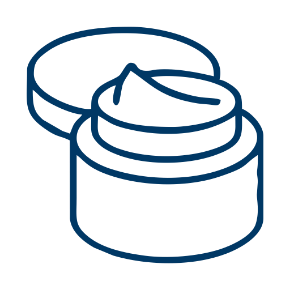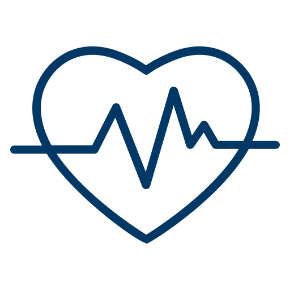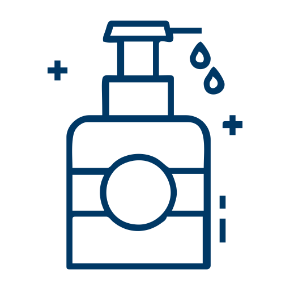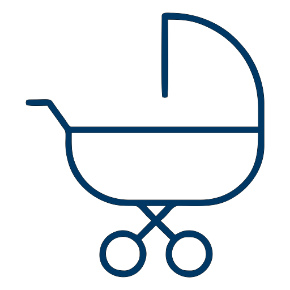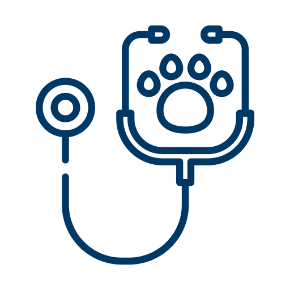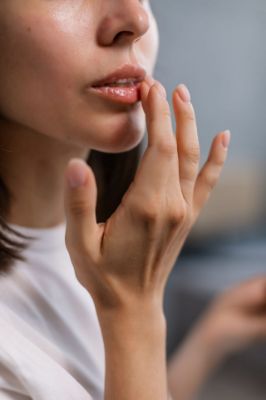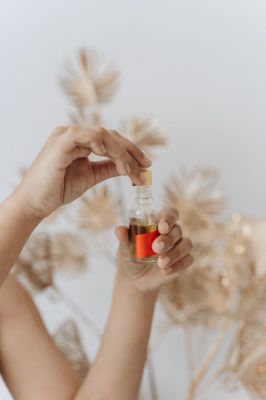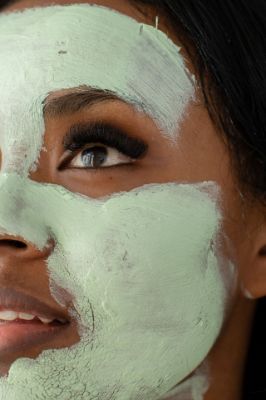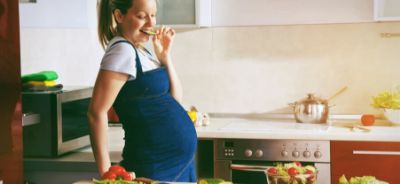Have you just welcomed or are expecting a new baby? Maybe you want to breastfeed to maintain the intimate relationship you developed over the past nine months, and you want to do it right. Or maybe you have not made up your mind yet and want to clear up a few questions. Here is everything you need to know about breastfeeding, for baby and mother.
Breastfeeding is your choice as a new mother
Although the question of breast or bottle obviously did not exist for millennia, you have a choice. Whether or not to breastfeed will be one of your very first decisions as a young mother. Maybe you’ve long since made up your mind, or maybe you’re still not sure and need to understand exactly what it means to breastfeed. Either way, what is important for you and your baby is that you feel good about your thought process and decision. This is a deeply private choice between you and your spouse, and it should be respected.
A source of benefits for you and your baby
Your breastmilk is indisputably and marvellously suited to your baby’s nutritional needs; its composition evolves as your baby grows, and even over the course of feeds during the day. The WHO (World Health Organization) and the PNNS (French national nutrition and health program) even recommend exclusive breastfeeding until a baby reaches 6 months. Even for shorter periods, however, breastfeeding is still recommended, because the infant formulas sold in stores do not share all the characteristics of breastmilk. In addition to this biological fact, the tender, nutritive act of nursing obviously creates a special connection between mother and baby.
For your baby
Breastfeeding is the main factor in providing lasting protection for your baby’s health, ensuring that he receives all the nutrients he needs to grow and develop. Although the exact composition of breastmilk varies between mothers, it contains precise proportions of fats, proteins, and carbohydrates along with exactly the right amount of vitamins and mineral salts.
Your milk contains a number of antibodies, naturally protecting your baby from the risk of infectious diseases (bronchiolitis, bronchitis, ear infections, sore throats, etc.) as well as from certain allergies, including food allergies.
According to the latest research, breastmilk also contributes positively to a child’s weight, limiting the risk of obesity during childhood and adolescence.
For you
- Nursing while holding your baby close to you is a unique experience that not only helps build a deep bond between you but also releases hormones that make you feel good between feeds.
- By triggering uterine contractions, nursing helps your uterus regain its tone and shrink back to its usual size more quickly.
- Various studies have shown that breastfeeding is a real asset to your health as a new mother. It drastically reduces the risk of developing osteoporosis.
- By breastfeeding, you’ll get your figure back more quickly: you burn approximately 800 calories for every liter of milk produced.
- Finally, breastfeeding simplifies your life: no bottles to prepare or emergency runs to buy powder on a Sunday evening.
Worried about the first few nursing sessions? Don’t be
So you’re convinced of the benefits of breastfeeding but, like all new mothers, you have a lot of questions about how to start and continue milk production? Don’t worry, there are just a few little things to keep in mind as you begin breastfeeding.
Yes, you will have enough milk
Milk production depends primarily on your baby’s needs. The baby’s sucking stimulates the release of prolactin and oxytocin, the two main hormones involved in lactation. Your breasts have been preparing to give milk since the start of your pregnancy, so have no fear: you will have milk. And the more baby nurses, the more milk you’ll have. Still, at birth and during the first two to three days, your breasts produce colostrum rather than milk. This thick yellowish orange fluid has exceptional nutritional and anti-infection properties. It contains everything your baby needs during his first days of life, including antibodies to protect him from any microbes he has already encountered after leaving your belly! That’s why it’s so important at first to offer the breast to your baby anytime he seems awake. Let baby nurse as long as he wants and make sure that he’s sucking effectively by listening for regular swallows. These frequent feedings will stimulate milk production and promote your milk coming in 48 to 72 hours after childbirth. Your breasts will swell, harden and become slightly painful. By nursing your infant as soon as your milk comes in and very frequently over the next few days, you’ll relieve your breasts and naturally establish your milk supply.
Yes, baby will find your breast
Whenever possible, your baby will be placed on your stomach right after birth, and the very first feed will take place within two hours after he is born. You will then see your newborn spontaneously seek the breast by moving his body and turning his head right and left on your chest until he latches on to a nipple. This is a perfectly natural reflex for him, since the scent given off by your nipple is similar to the smell of the amniotic fluid he spent the last nine months swimming in.
Let baby find your nipple on his own without holding his head or pulling him against your breast, which could cause him to pull back. When baby has found your breast, let him nurse as long as he wants. However, if a Caesarean section or other complication prevents you from breastfeeding this soon, don’t worry. The reflex for seeking out a nipple will just be slightly reduced, and you can gently guide your baby towards your breast and place your nipple in front of his mouth to nurse a little later. Just as you need to trust your baby to find your breast, you should also trust him to feed the right number of times each day. This will vary from one baby to another. On average, newborns want to nurse seven to eight times during a 24-hour period, but some demand up to 12 feedings or even more. Trust your baby and simply meet its needs, whether large or small!
The right habits to protect your breasts
Sometimes breastfeeding comes with some minor discomfort. By anticipating it, you’ll save yourself needless worry and know how to respond to make sure that nursing remains a pleasure for both of you.
Don’t be bothered by leaking
In the first weeks of breastfeeding, it’s common for milk to leak spontaneously. This can happen when you hear a baby cry, when your baby hasn’t nursed for several hours, when you’re thinking about your baby, during sexual relations or when you feel a strong emotion. These leaks can be annoying, but they are no cause for concern. Simply place a nursing pad in your bra to absorb them and then don’t worry.
Avoid cracks and chapping
Cracks and chapping, which many new mothers fear, occur more frequently among women with light skin and hair. They generally occur only during the first few weeks of breastfeeding and can range from just an irritated nipple to a fissure, which can make nursing sessions very painful indeed. Again, don’t worry: these are easy to avoid by taking a few precautions:
- Don’t remove the breast skin’s protective sebum by washing too frequently! One or two showers a day with a gentle cleansing gel is plenty.
- Make sure your baby is positioned correctly, facing the breast with his mouth wide open so he can latch onto the entire areola.
- After the feeding, dry your nipple and apply a special nursing repair cream.
- If cracks have formed despite your efforts, let your breasts air out as long as possible and regularly spread a special nursing repair cream on your painful nipples.
Avoid engorgement
The painful hardening of your breasts you’ve heard of is absolutely not inevitable! The best way to avoid it is to nurse your baby as often as possible starting as soon as possible, because engorgement is most frequent when your milk first comes in. If engorgement persists, you can hand-express breast milk by gently massaging the areola between your fingers. You may want to express milk under a warm shower, which helps the milk flow more easily. If you don’t succeed, try using a pump, and continue until your breasts soften and feel comfortable again.
Respond appropriately to mastitis
Sometimes, new mothers may feel a large and very painful swelling of the breast, which becomes red and hot. At the same time, they may also experience flu-like symptoms such as extreme fatigue and aches and pains. If you notice these symptoms, immediately take the following steps:
- Nurse your baby as often as possible, especially on the painful side.
- Rest, for real, in bed, with your baby beside you.
- Apply wet, hot towels to your painful breast, or use ice packs (wrapped in a cloth to avoid burns) if cold is more effective at relieving the pain.
- If you see no improvement within 24 hours, call your doctor, who will probably prescribe an antibiotic. You do not, however, have to stop breastfeeding when you have mastitis.

